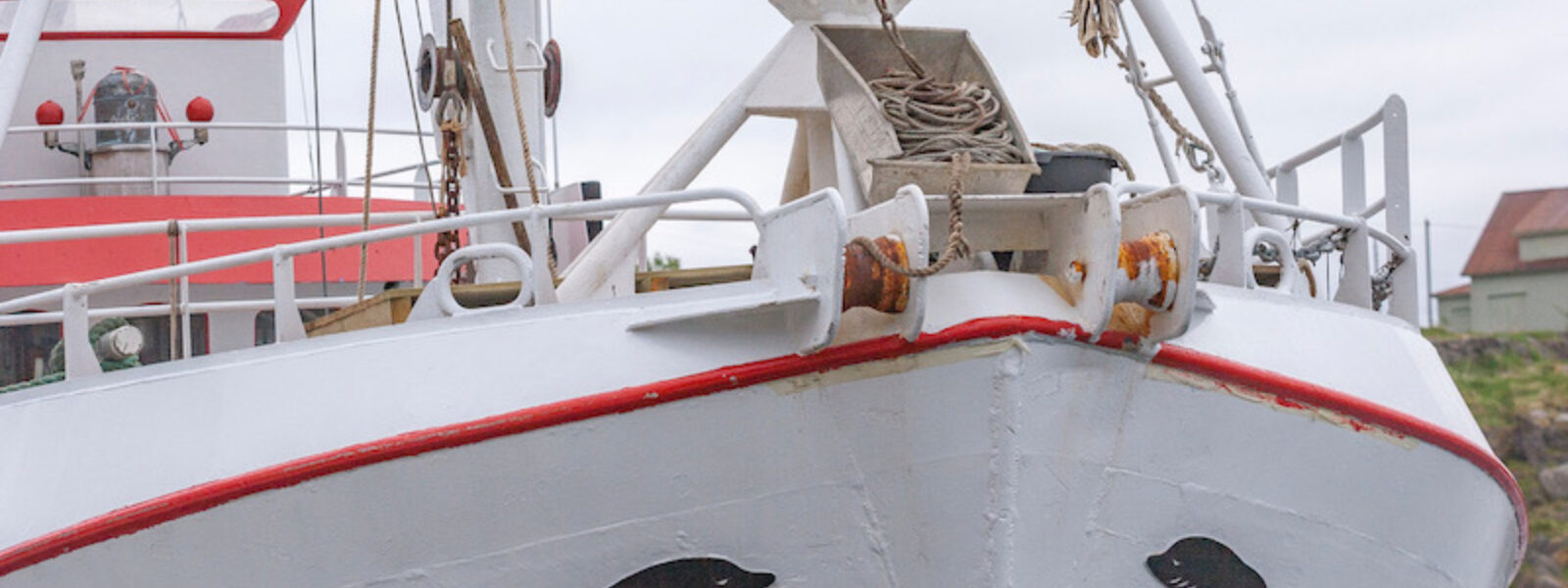
Norway Now Kills More Whales Than Japan
Hannah Press is a student at Boston University and an intern with the International Marine Mammal Project of Earth Island Institute.
Norway has surpassed Japan and Iceland in its whale hunting quotas (which do not include dolphins), and now officially kills more whales than any country in the world. Iceland actually temporarily stopped whaling this summer due to a lack of market for whale meat and other factors, while Japan has cut back its whaling effort to focus on whaling only within their 200-mile Exclusive Economic Zone.
Except for a few countries that allow local Native groups to hunt large whales for subsistence, Norway, Japan, and Iceland are the only countries that hunt large whales for commercial purposes.
Despite the 1986 International Whaling Commission’s (IWC) international moratorium that banned commercial whaling, Norway continues to ignore the moratorium, and just last year, increased its annual quota to hunt 1,278 whales. Member countries of the IWC are allowed to make “objections” to IWC rules. When declaring a formal objection, the member nation need not follow the IWC regulation. Both Norway and Iceland have objected to the moratorium, and therefore are not bound by it. Japan has dropped out of the IWC altogether.
The whaling season in Norway starts in April and typically ends in August. So far this year, according to Kate O’Connell, an anti-whaling correspondent at the Animal Welfare Institute, Norwegian whalers have hunted 332 whales. O’Connell also reports that twelve Norwegian whale catcher boats are currently active. Norway hunts minke whales, the smallest of the baleen whales, in the North Atlantic, and claims a much higher minke whale population than most scientists believe exists. This trend in Norway shows no sign of slowing. Norway’s quota each year has consistently risen since 2005. This year, the quota has been set at a record high. Although the number of vessels actively whaling since 2005 has dropped from 31 to 12 in 2019, the number of whales killed each year remains high. Norway has continued a business-as-usual approach, receiving little international pressure from the IWC or other countries, a continuing problem with the IWC and its member nations.
Although Norway has been increasing its quotas for hunting whales, the demand for whale meat in Norway remains very low. In response to the lack of domestic demand for whale meat, the Norwegian government has sought to expand the industry through subsidized research, for example, on new uses of whale oil, and by recently exporting more than 100 tons of whale meat to Japan. A lot of the whale meat goes to tourist restaurants and cruise ships. Still, despite Norway’s high quota -- set at 1,278 -- last year, Norwegian whalers caught only 454 whales, meeting only 36% of their quota. The lack of domestic demand and inability to meet the high hunting quotas suggests that, absent support by the Norwegian government, the whaling industry in Norway could fail.
Norway relies on the myth that whales are responsible for the decline in fish stocks, and suggests that whaling could solve the global problem of depleted fisheries. But the decline in fish stocks has clearly been linked to human overfishing. Additionally, researchers have debunked this myth by mapping human fish catches against fish species that whales eat and found only minor overlap. There is no evidence that whales or other marine life deplete fisheries that humans depend on.
Norway has also increasingly obscured the inhumane methods of their whale hunting operations. Whaling still involves the use of harpoons fired into the whales. The harpoons are fitted with grenades, which penetrate up to 12 inches into the whales before exploding, releasing sharp claws that rip into the whale’s flesh and allow whalers to more easily drag the whale towards the catcher boat. Furthermore, the likelihood of obtaining a clean, accurate strike resulting in a swift death is often low. When not achieved, the harpooned whales can bleed out slowly before dying an agonizing death.
Even worse, the most targeted whale type in Norway is the pregnant whale. According to official statistics, between 2000-2015, more than two-thirds (68%) of the minke whales killed by Norwegian whalers were female and more than 40% of these were pregnant.
Overall, the latest update on whaling in Norway is disheartening. Even though Norway has risen to become the top whale hunting country in the world, it has received little to no international attention or diplomatic pressure. And perhaps because of this lack of international attention, the government has continued to relax quotas and regulations for whale hunting. These whaling operations persist due to the lack of transparency in the hunts, and the lack of international awareness about the extent of Norway’s whaling.
IMMP will continue to monitor the situation in Norway and report on any changes to the current conditions.
